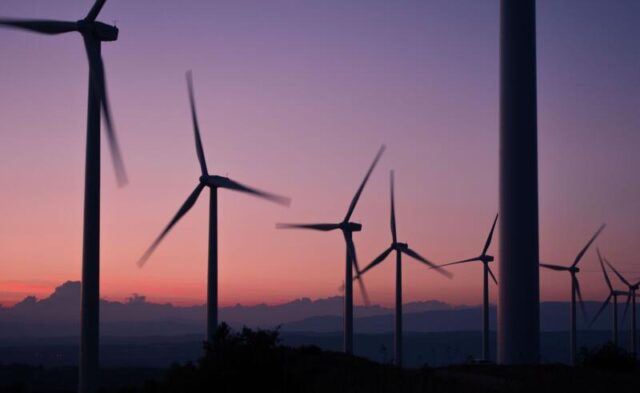It has been a year since the government launched the Energy Action Plan to resolve the load shedding crisis and President Cyril Ramaphosa said on Monday that the government was now able to report significant progress in several areas.
JOHANNESBURG – It has been a year since the government launched the Energy Action Plan to resolve the load shedding crisis and President Cyril Ramaphosa said on Monday that the government was now able to report significant progress in several areas.
Ramaphosa announced in his weekly newsletter that the government would be releasing a detailed report outlining the work done to improve the performance of Eskom’s power stations, accelerate the building of new generation capacity and drive regulatory reforms to transform the electricity sector.
“The winter months will soon be coming to an end. Although load shedding has continued, as was anticipated, we have managed to avert a worst-case scenario by stabilising the performance of Eskom’s power stations and reducing demand,” said Ramaphosa.
He said Eskom’s generation fleet continued to show sustained improvement.
He said unplanned losses had been reduced to less than 16,000MW in the last two months, down from more than 18,000MW previously. Planned maintenance has been reduced during the winter period, with Eskom having undertaken significant maintenance in the months preceding winter.
“Looking ahead, damaged units at the Kusile and Medupi power stations are being returned to service on an expedited basis. In combination, these units represent more than 3,000MW of capacity,” he said.
Ramaphosa further said the Eskom debt relief package announced by the minister of finance would enable necessary investment in maintenance and expansion of the transmission network.
“Since the launch of the Energy Action Plan, we have worked to add as much power as possible to the grid,” Ramaphosa said.
He said the power utility had unlocked close to 400MW from companies with extra available capacity and a further 600MW is currently in the contracting process.
Ramaphosa said they have sourced an additional 400MW from Cahora Bassa in Mozambique.
“We are fast-tracking the procurement of new generation capacity from renewables, gas and battery storage. Later this year, the first three projects from the emergency power programme are expected to connect to the grid. Also later this year, about 2,300MW from the most recent bid windows of the renewable energy independent power producer programme should be under construction,” Ramaphosa said.
He said one of the most important contributions to the Energy Action Plan had been the uptake of rooftop solar by households and businesses.
“It is encouraging to see that more municipalities are allowing customers to feed electricity into the grid when they have surplus electricity. This will provide yet another incentive for businesses large and small to invest in alternative energy sources,” he said.
He said regulatory changes had helped boost private investment in new generation capacity. These changes include the removal of the licensing threshold for generation facilities and the fast-tracking of project approvals and registration.
The president said this work had enabled a massive boom in private investment in electricity generation, with a pipeline of more than 10,000MW of new capacity that would begin to connect to the grid later this year.
“To ensure that we never experience power shortages again, we are implementing fundamental reforms to create a competitive electricity market and an independent national grid operator.
“To encourage everyone to get involved, we are today launching a website where all South Africans can track the work of the National Energy Crisis Committee and see how to reduce their consumption and save on energy bills.
“We have maintained that load shedding will not be resolved overnight, but we are making clear progress towards reducing it and eventually bringing it to an end,” Ramaphosa said.








